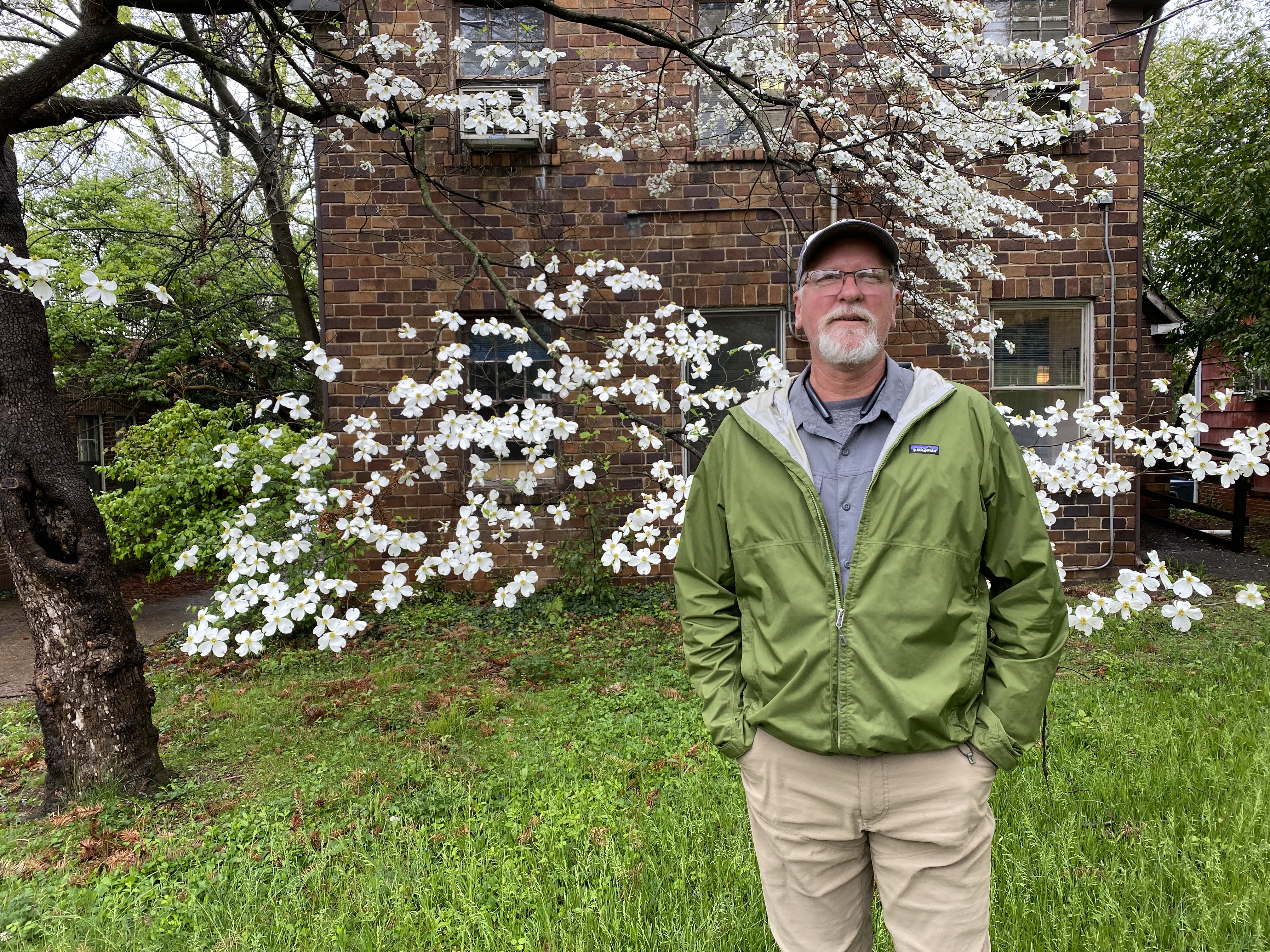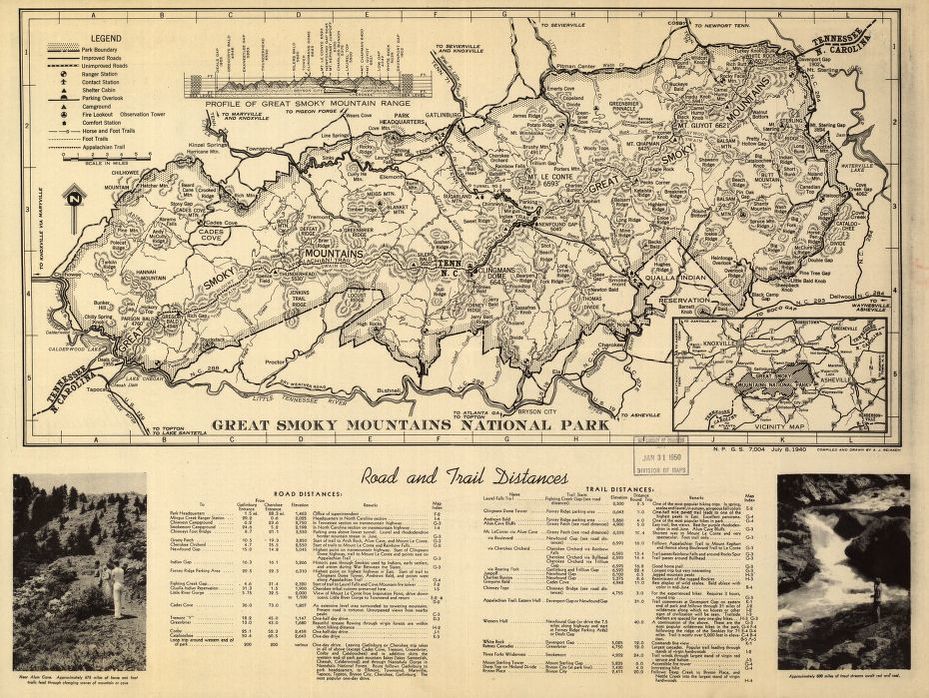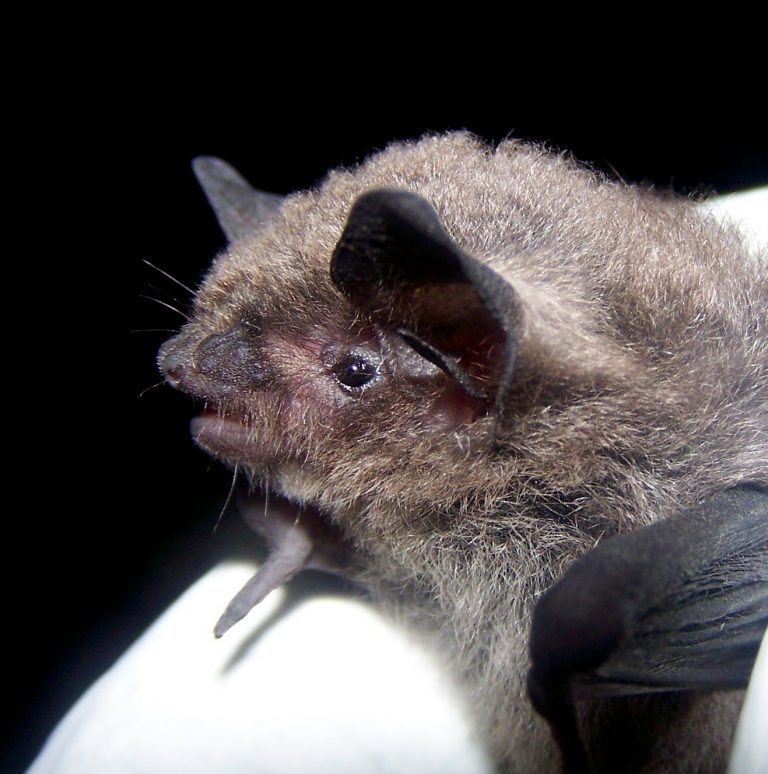
15 Life on Land (152)
Protect, restore and promote sustainable use of terrestrial ecosystems, sustainably manage forests, combat desertification, and halt and reverse land degradation and halt biodiversity loss
At Gray Fossil Site, paleontologists let the bone-crushing dog out
Written by East Tennessee State University Illustration of the Gray Fossil Site bone-crushing dog, recently determined to have been active in the ancient Southern Appalachians. Mauricio Anton via ETSU
Illustration of the Gray Fossil Site bone-crushing dog, recently determined to have been active in the ancient Southern Appalachians. Mauricio Anton via ETSU
Discovery of ancient ambush predator is one of few large carnivores found at East Tennessee paleontological site
JOHNSON CITY — Overseen by the Don Sundquist Center of Excellence in Paleontology at East Tennessee State University, researchers have studied the Gray Fossil Site for over 20 years. They have identified many extinct animal and plant species of the Pliocene epoch that lived there some 5 million years ago. While large herbivores are well known from the site, large predators are relatively uncommon, so far including only alligators and scarce remains of at least one sabertooth cat.
Now, there’s a new predator on the scene.
A recent study published in the Journal of Paleontology describes a single right humerus (upper arm bone) of an animal named Borophagus, a member of an extinct group more commonly called bone-crushing dogs. The animal is so named for its powerful teeth and jaws. This is the first evidence of any animals in the dog family from the Gray Fossil Site.
The research was conducted by Emily Bōgner, a doctoral student at the University of California, Berkeley, and alumnus of ETSU’s paleontology master’s program, and Dr. Joshua Samuels, associate professor in the ETSU Department of Geosciences and curator at the Gray Fossil Site and Museum.
Falcons in flight: Gatlinburg couple earns top conservation honors from Tennessee Wildlife Federation
Written by Deborah Sosower![Worsham Conservationist of the Year1]() Arrowmont supporters Margit and Earl Worsham named Conservationists of the Year by Tennessee Wildlife Federation
Arrowmont supporters Margit and Earl Worsham named Conservationists of the Year by Tennessee Wildlife Federation
This story was provided by Arrowmont School of Arts and Crafts.
GATLINBURG — Margit and Earl Worsham stood in front of family, friends, and fellow conservationists on stage in Nashville this spring and were presented with a unique award of mahogany shaped like a peregrine falcon in flight.
They were named the Tennessee Wildlife Federation’s 2022 Conservationists of the Year at the federation’s 57th Annual Conservation Awards in May.
It’s a prestigious honor presented to nominees considered to have the most significant contribution to the cause of natural resources conservation in Tennessee.
HuffPost: More than 50 House Republicans want to repeal a century-old excise tax that bankrolls wildlife conservation
In the latest “gun rights” lash-out from the GOP, legislation has been filed to abolish firearms taxes levied on gunmakers that fund wildlife conservation.
The Republican legislation is framed as a way to defend gun purchasers from odious taxation under the 2nd Amendment umbrella, but leading hunting and fishing interests said the proposal is misguided and misses the target by a wide mark.
The levy as currently written applies to gunmakers, not individual firearms purchasers.
Rare bipartisan legal effort under way for widespread wildlife protections
NYT: Recovering America’s Wildlife Act a big bipartisan push to preserve animal species
New York Times columnist Margaret Renkl noted recently that a precious opportunity has presented itself to strengthen wildlife-protection laws and add to environmental protections across the nation.
The Nashville-based journalist said the act, known as RAWA, “is poised to become the single most effective tool in combating biodiversity loss since the Endangered Species Act.” The resolution is carried in the House by Michigan Democrat Rep. Debbie Dingell.
“This bill provides funding for (1) the conservation or restoration of wildlife and plant species of greatest conservation need; (2) the wildlife conservation strategies of states, territories, or the District of Columbia; and (3) wildlife conservation education and recreation projects,” according to the U.S. Congress.
Smokies rangers kill bear after it hurts Elkmont campers while seeking food
Written by Thomas Fraser6-minute video about what to do if you see a black bear
Smokies officials say euthanized bear was overweight and seeking human food
GATLINBURG — Great Smoky Mountains National Park wildlife biologists and park rangers responded to Elkmont Campground on Sunday (June 12) after a peculiarly large black bear injured a toddler and her mother sleeping in a tent.
Wildlife biologists captured the responsible bear, and it was euthanized Monday, June 13, according to a news release from the park service.
“The bear weighed approximately 350 pounds, which is not standard for this time of year, suggesting the bear had previous and likely consistent access to non-natural food sources,” said Lisa McInnis, resource management chief.
Sam Adams raises trees like healthy children at the University of Tennessee
Written by Keenan Thomas University of Tennessee arborist Sam Adams stands in front of a blooming dogwood on the campus of UTK. Keenan Thomas/Hellbender Press
University of Tennessee arborist Sam Adams stands in front of a blooming dogwood on the campus of UTK. Keenan Thomas/Hellbender Press
First campus arborist continues climb up Utree Knoxville
KNOXVILLE — Students at the University of Tennessee walk by hundreds of trees every day without thinking about them.
Sam Adams was thinking about them even before he became UT’s first arborist.
Adams, 58, has cared for trees in the field of arboriculture for decades. He’s worked privately and publicly, including as arborist supervisor for Sarasota County, Florida. He graduated with a degree in environmental studies at Warren Wilson College in North Carolina, where he initially pursued a degree in English.
- ut arborist
- ut tree
- sam adams utk
- jim cortese
- trees knoxville
- University of Tennessee
- university of tennessee knoxville
- sam adams
- jack neely
- knoxville history project
- knoxville history
- cortese tree
- keenan thomas
- ut journalism school
- hellbender press ut
- knoxville persimmon
- trees in knoxville
- utk history
- civil war knoxville
- the hill ut
- tree care
- what does an arborist do?
- clearing trees at utk
Fire, fog, floods: Scientists probe climate-change impacts in Smokies
Written by S. Heather Duncan Many climate-change related issues have appeared since publication of this vintage map of Great Smoky Mountains National Park. Library of Congress
Many climate-change related issues have appeared since publication of this vintage map of Great Smoky Mountains National Park. Library of Congress
Invasive insects are among the vanguard of noticeable climate changes in America’s most-visited national park
GATLINBURG — Ants scurry beneath the carpet of last year’s leaves in Great Smoky Mountains National Park. The native ants are busy spreading the seeds of violets and bloodroot, preparing a new carpet of spring wildflowers to draw thousands of visitors.
But the local insects aren’t alone under there. They have become prey to venomous Asian needle ants that also prowl the leaf litter.
These invaders dine on termites, other ants and insects, while stealing habitat from them. Unlike invasive fire ants, needle ants can live in pristine forests and build large colonies with hundreds of queens. But like fire ants, needle ants have a painful sting that can trigger an allergic reaction.
Climate change is expected to make it easier for invasive species like needle ants to upset the delicate balance of this temperate rainforest full of rare plants and animals. That’s just one example.
- great smoky mountains
- climate change appalachia
- southern appalachian climate change
- great smoky mountains national park climate change
- needle ant
- are ants affected by climate change
- daniel malagon
- ana barro
- jason fridley
- paul super
- ipcc
- climate precipitation change
- smokies science
- national ecological observatory network
- neon
- armadillo
- invasive species
- change in precipitation
- importance of cloud to water balance highelevation ecosystem
- biodiversity
- climate change research
- sampling plot
Fly away on an adventure at Avian Discovery Days
Written by Thomas Fraser Chattanooga Audubon Society
Chattanooga Audubon SocietyCHATTANOOGA — Birds of a feather are called to flock together this week at Chattanooga Audubon Society’s Avian Discovery Days April 5-7. This is the third year of this event at the Audubon Acres sanctuary, and reservations are required.
Call (423) 892-1499 or check out Avian Discovery Days for more information.
Participants will learn about birds during four activities, including bird walks specifically designed to teach identification skills. They will also learn how birds survive migration in the Great Migration Challenge game.
Marie Kurz: Helping science on watersheds flow across disciplines
Written by Kristen Coyne Marie Kurz is seen at a pond on the campus of Oak Ridge National Laboratory. Carlos Jones/ORNL
Marie Kurz is seen at a pond on the campus of Oak Ridge National Laboratory. Carlos Jones/ORNL
From California canyons to German creeks: Science is personal and practical for ORNL scientist Marie Kurz
Kristen Coyne is a writer for Oak Ridge National Laboratory.
OAK RIDGE — Spanning no less than three disciplines, Marie Kurz’s title — hydrogeochemist — already gives you a sense of the collaborative, interdisciplinary nature of her research at the Department of Energy’s Oak Ridge National Laboratory. Still, those six syllables only hint at the vast web of relationships encompassed in her work.
Kurz studies how rivers flow through landscapes; what kinds of nutrients, contaminants and other material sail through them; and how they transform along the way. As an experimentalist, her favorite part of the job is getting into the field. Depending on the season, Kurz can be found clad in tights, gloves reaching her shoulders, a neon vest and a ponytail-taming cap as she sloshes in olive hip waders through the particular stream under her scrutiny. The getup, she said, always makes her feel a bit like the Michelin Man.
- ornl
- kristen kurz
- watershed research
- ornl scientist
- oak ridge national laboratory
- east fork poplar creek oak ridge
- water pollution
- oak ridge scientist
- critical interface science
- water flow
- eddy
- swirl
- vortex
- stream ecology
- hydrology
- transient storage zone
- sediment
- biogeochemistry
- microbiology
- watershed modeling
- polyfluoroalkyl substance
- pfas
Bobcats vs. pythons in the swamps of Florida
 USGS
USGS
New York Times: Evolving native predation may help stem invasion of Burmese python
The proliferation of the exotic and invasive Burmese python in the swamps and wilds of Florida is demonstrably bad for native birds and mammals.
Researchers now have evidence the best solution might have been there all along.
A bobcat was captured on a trail camera by the U.S. Geological Survey eating python eggs and challenging one of the gigantic snakes. It was the first instance of natural, native predation on the snake’s eggs. Bobcats are already known to target reptile eggs, including those of sea turtles.
“While it is possible that this interaction was just an isolated incident, it is also possible that native species are beginning to respond to the presence of the python,” the New York Times reported.
“‘Most cat species adapt their diet to what is available, so bobcats predating on python eggs is actually not that surprising’” said Mathias Tobler, a wildlife ecologist at the San Diego Zoo Wildlife Alliance.”
More...
New digital maps outline precious pockets of remaining US biodiversity and the threats they face
Written by Dave Russell The endangered Indiana bat is among threatened and endangered species in Great Smoky Mountains National Park. U.S. Fish and Wildlife Service
The endangered Indiana bat is among threatened and endangered species in Great Smoky Mountains National Park. U.S. Fish and Wildlife Service
Southern Appalachians show red as a warning on new detailed biodiversity maps
This story was originally published by the Sylva Herald.
SYLVA — Great Smoky Mountains National Park has long been known for its abundance of different species of flora and fauna.
Credit old mountains in a warm, sunny and wet region with varying types of climate, soil and stone for that large number.
“The park is almost certainly the most biodiverse national park in North America,” said Paul Super, national park science coordinator. “And certainly the most studied of any national park.”
A group of environmental organizations recently put together a series of maps illustrating the regions with the biggest threats to their biodiversity, and the area around Jackson County and the national park showed up in the red, showing risk. One such map, based on NatureServe data, is among the most detailed maps of endangered and threatened species ever produced.
Tennessee Lookout: TWRA delays clearcut in Cumberlands as tourism official files suit
Written by Anita Wadhwani Marvin Bullock, president of the Sparta-White County Chamber of Commerce, opposes deforestation efforts in the Bridgestone-Firestone Centennial Wilderness Area to create quail habitat. John Partipillo/Courtesy of Tennessee Lookout
Marvin Bullock, president of the Sparta-White County Chamber of Commerce, opposes deforestation efforts in the Bridgestone-Firestone Centennial Wilderness Area to create quail habitat. John Partipillo/Courtesy of Tennessee Lookout
Oak Ridge Rep. John Ragan joins bipartisan pushback against state plans to raze forest for quail habitat
This story was originally published by Tennessee Lookout.
SPARTA — For decades, the Tennessee Wildlife Resources Agency has kept the profits from the sale of timber and other natural resources on publicly owned lands, folding the payments from logging companies into the agency’s annual operating budget.
A bipartisan bill introduced in the Tennessee Legislature this week seeks to bring that practice to an end. The measure, introduced by Rep. John Ragan, R-Oak Ridge, and Sen. Heidi Campbell, D-Nashville, would require TWRA officials to transfer all proceeds from the sale of the state’s natural resources into Tennessee’s general fund — the process typically followed by other Tennessee agencies that generate income.
- twra clearcut
- twra hardwood forest cutting
- twra timber cut
- tennessee lookout
- sparta, tennessee
- centennial
- tennessee wilderness area
- bridgeton centennial wilderness area
- cumberland mountains clearcut
- lawsuit against clearcut
- tennessee tourism
- rep john ragan
- oak ridge representative
- tennessee quail habitat
- marvin bullock, president of the spartawhite county chamber of commerce
Foothills Land Conservancy saved some green in 2021
Written by Foothills Land Conservancy
Maryville-based FLC is finalizing this year’s remaining land preservation projects
131 acres in Jefferson County, TN, now preserved!

Left: Outstanding views atop this recently preserved property with cosmos blooms in foreground.
Middle: Spring-fed pond on the property.
Right: Mature forest on the west side of the property. Touch here for additional images
To date in 2021, FLC has worked with landowners to assist in the conservation of over 1,300 acres. It anticipates a few thousand more acres protected by year's end.
Highlights from the past year
Glenn and Katie Savage are two of FLC’s newest friends and partners in land conservation.
They recently placed a conservation easement on their 131-acre property, affectionately named Dancing Winds Wildlife Sanctuary and Arboretum, which is “dedicated to the preservation and protection of God’s glorious creations — plants and animals.”
Glenn has cultivated over 400 different types of trees which are planted across the property and lovingly tends his home garden full of a variety of beautiful and unique flowers.
The Savages have several fields planted in corn/grain sorghum as well as a variety of oaks and other mast-producing trees to supplement the diet of the countless white-tailed deer and turkeys that call their property home.
Glen and Katie are also avid birdwatchers and provide many types of feeders for their winged backyard visitors. The Savages say that protecting their beloved property and knowing that it will forever remain a safe haven for wildlife has given them peace of mind, and Glenn hopes in the future to convince some of his neighbors to partner with FLC to protect their land, too.
Tap here for additional images

Part IV: Clear-cut controversy. Thoughts and prayers
Written by Thomas Fraser Library of Congress
Library of Congress
Citizens and scientists weigh in on controversial TWRA logging plan
For months, Tennessee Lookout has bird-dogged a Tennessee Wildlife Resources Agency proposal to clear at least 1,000 acres of hardwood forest in the Bridgestone Centennial Wildlife Reserve in White County to create habitat for dwindling bobwhite quail.
Hellbender Press has published most of the stories, with much appreciation to Tennessee Lookout. Most recently, the online news outlet reported that legal hurdles had been cleared to allow TWRA to proceed, at least for now, with its game-bird reintroduction plans at the expense of acres of approximately 65-year-old hardwood forest.
Though it was not Hellbender’s original reporting, on our end the social media response to the articles has been thoughtful and reasoned — with, of course, occasional disagreements among commenters. With permission from the posters, I’ve compiled an edited and abridged recitation of some comments, which were too good to languish in the social media ether.
